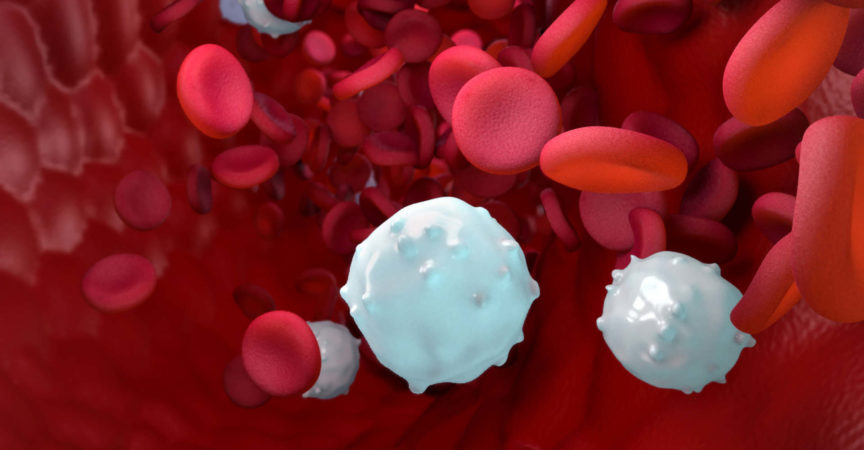Maya Fundamentals of Medical Animations
Release date:2018, June 8
Duration:01 h 31 m
Author:Emily Holden
Skill level:Intermediate
Language:English
Exercise files:Yes
Medical animations indulge our curiosity about the human body by allowing us to peer within at key biological processes and anatomy. They are valuable communication tools for teaching healthcare professionals, trainees, and the general public about the wonders of the human body. In this course, learn about the basic principles and techniques of 3D medical animation using Autodesk Maya 2018. Discover where to find good resources and references, how to use the Protein Data Bank to download 3D models for molecular animation, and how to approach storyboarding. Learn how to create some basic medical animations, including cell division and blood cell flow. Plus, explore common visual aesthetics in medical animations and see how to use lighting and material shading to make your animations stand out.





 Channel
Channel





